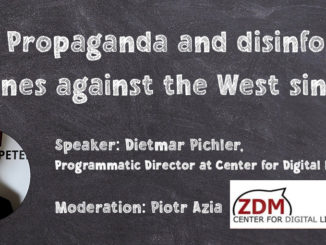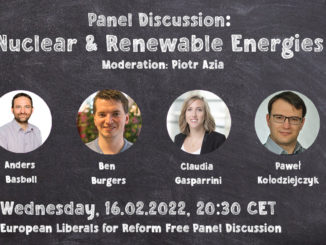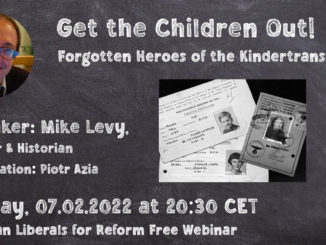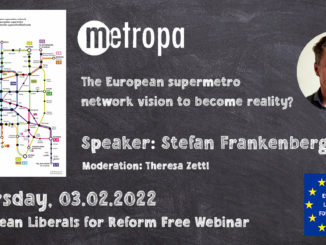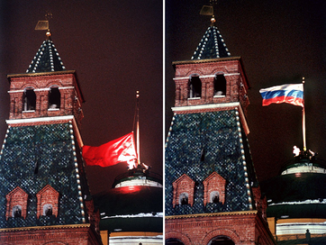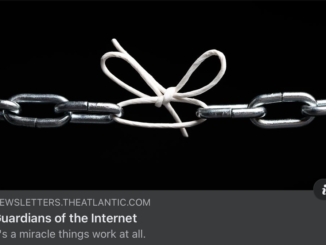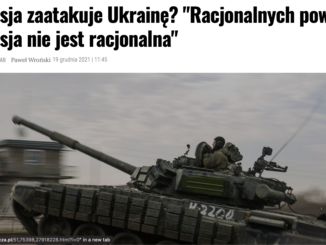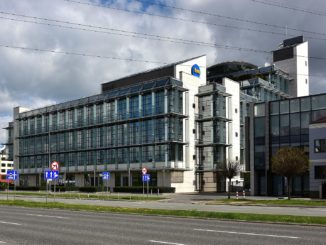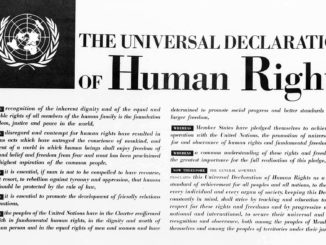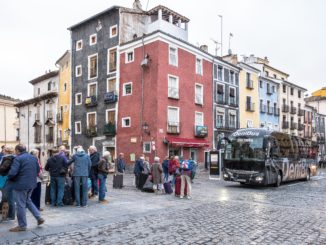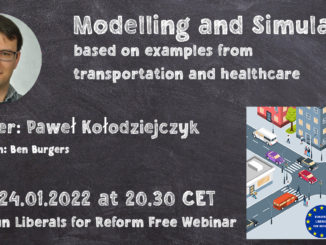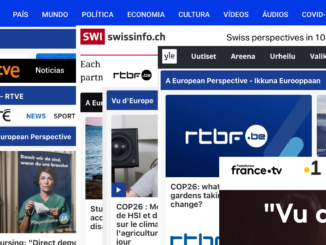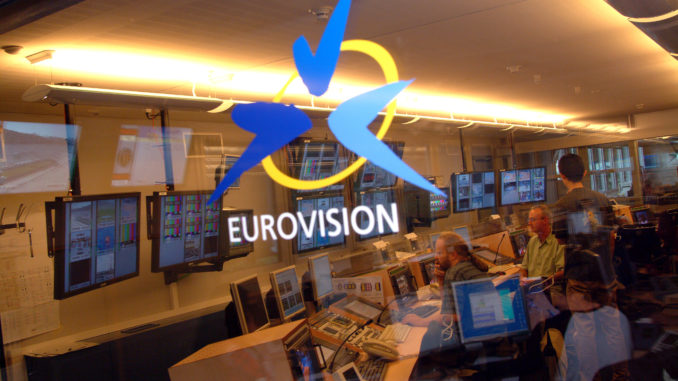
A European success story , a personal perspective
10:55 CET EVC roll call:
I was told to listen and take notes, then ask Geneva permission to speak and make our offer, covering some event in Rome on that day. Instructions were: press the button to speak, speak clearly and concisely, EVC means Eurovision Control in Brussels, the coordinator is in Geneva, EVN means Eurovision News exchange.
Then there was the studio, a bank with dozens of video monitors, a control bench with microphones, speakers, conference boxes, intercoms, video switchers, sound mixers… fascinating and complicated as hell – top of the line 1960s broadcast technology.
17:00 EVC here, please start recording
Start of the actual news exchange: all participating broadcasters record the incoming feed, while EVC asks each originating station if they are ready, then switches the video and sound circuits, so that each can send its news material. Tell the telecine to start rolling, then EVC moves on to the next broadcaster, until all items are transmitted, EVC asks to stop recording and the exchange is finished. That’s when the journalists, and picture editors take over, turning the sequence of items contained in the incoming feed into edited and commented packages in time for the news bulletin.
I had just witnessed my first EVN exchange, while freelancing with the Italian television. Eager to understand and to get it right, I was fascinated and exhilarated, but no time to pause, I had to rush to meet the next deadline. It would keep me busy, first in Rome then in Geneva, for the next 40 years.
History in the making: the small h was the daily rush of the Eurovision News Exchange, the first one of its kind around the world, agreed on by European broadcasters and started on 28 September 1961.
And History with a capital H, as every event of any relevance to a European audience, was covered by one of our members and made available to the others, in a timely manner, based on reciprocity. And a generous interpretation of reciprocity at that, as organisations in big countries with lots of events offered a lot of material, while organisations in smaller countries, with fewer events to offer, still benefited from the full news exchange. The only cost involved was the operation of the news exchange.
Since that first day in 1961, European TV audiences have been receiving a steady supply of news from all around the continent and the world, thanks to the complex, advanced organisation called EVN. Europeans were getting used to living with each other as citizens and neighbours, no longer as enemies and the daily flow of news items made a difference. In 1961, every adult European still remembered the war, which had finished only 16 years earlier. When travel across the continent wasn’t as common as it is today, Europeans could see every day in their news bulletin what our leaders, but also normal people, were doing in Amsterdam, Helsinki or Rome. Even more relevant, while western Europe was getting used to living together, the Iron Curtain had just finished sealing off Eastern Europe, with barbed wire, minefields and the wall zig-zagging across Berlin and the European continent for the next three decades. It also scarred minds, as many people saw family, friends and people just like them locked away, unable to travel and enjoy the improving western European quality of life.
During the life of the Eurovision News Exchange, the broadcast scene in Europe and technology kept evolving by leaps and bounds. Some of the main points below:
1980s

1980s – Commercial TV, ENG
Introduction of commercial TV, financed by advertising. It meant increased competition for public TV, met mainly by increasing the quantity and quality of TV news. Members expected more material from the EVN, faster and from more locations.
Introduction of ENG, Electronic News Gathering, consisting of portable TV cameras and recorders. ENG replaced film stock – speeding up the news gathering process. Material for the News Exchange became available at short notice, resulting in more timely coverage available for members’ news bulletins.
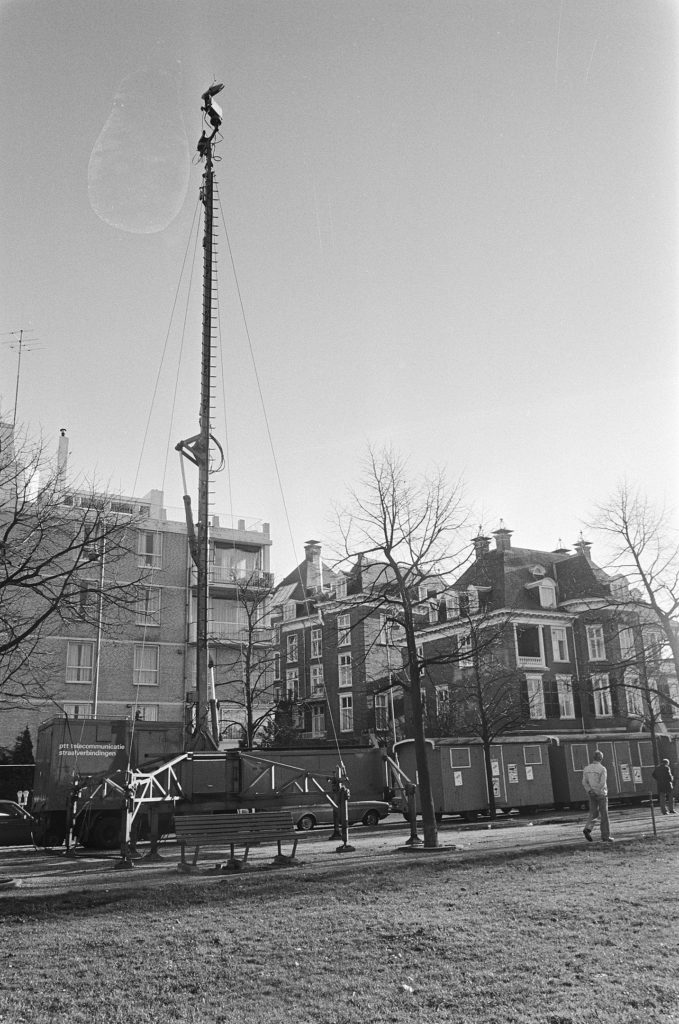
Microwave for news
The adaptation of microwave links mounted on vans for news gathering, allowed news crews using ENG to shoot and send material back to base within minutes, avoiding the delay of carrying cassettes across congested cities. It also becomes possible to organise live transmissions at short notice, from a variety of locations. The only limitation was that microwave links required line of sight to the receiving tower.
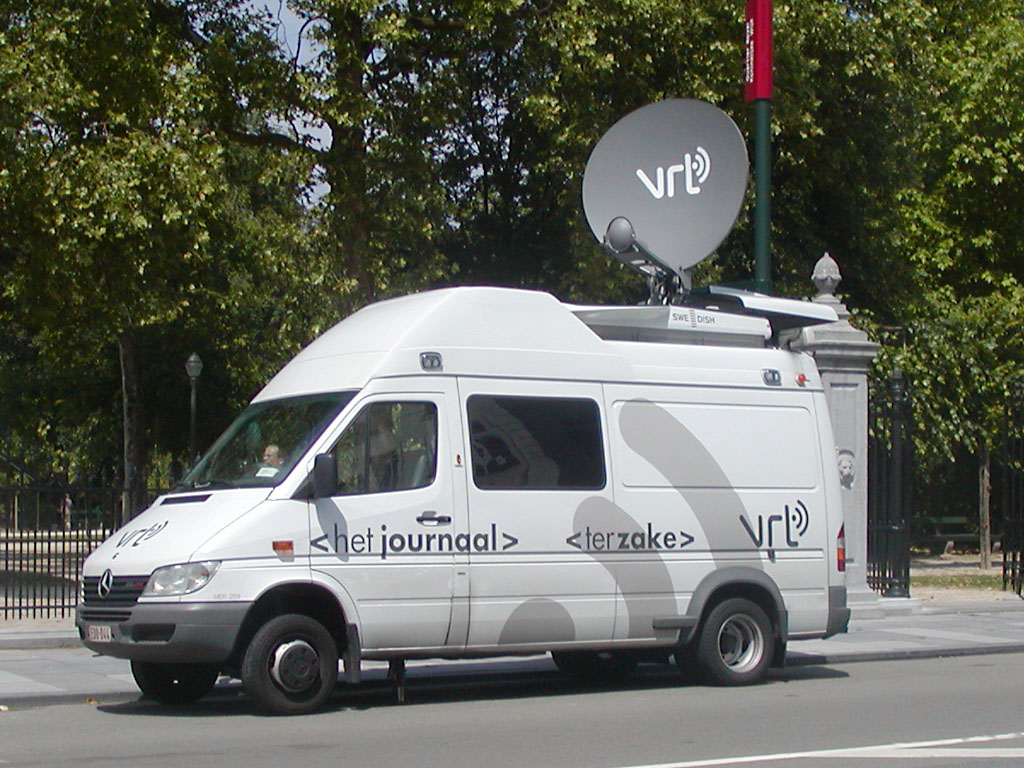
SNG – late 1980s
SNG (Satellite News Gathering) revolutionised again news gathering. A truck with a satellite dish mounted on the roof could provide a connection from across town, the country or the world, the only requirement being a clear view of the sky – line of sight to a microwave tower was no longer required.
Coupled with the increasing availability of lighter, cheaper video cameras and editing equipment, SNG constituted a quantum leap in speed and quality of coverage.
Cameramen and reporters could roam the world, rushing where news happened, and send back edited packages or live coverage, showing events as they unfolded.
Literally, the sky became the limit.
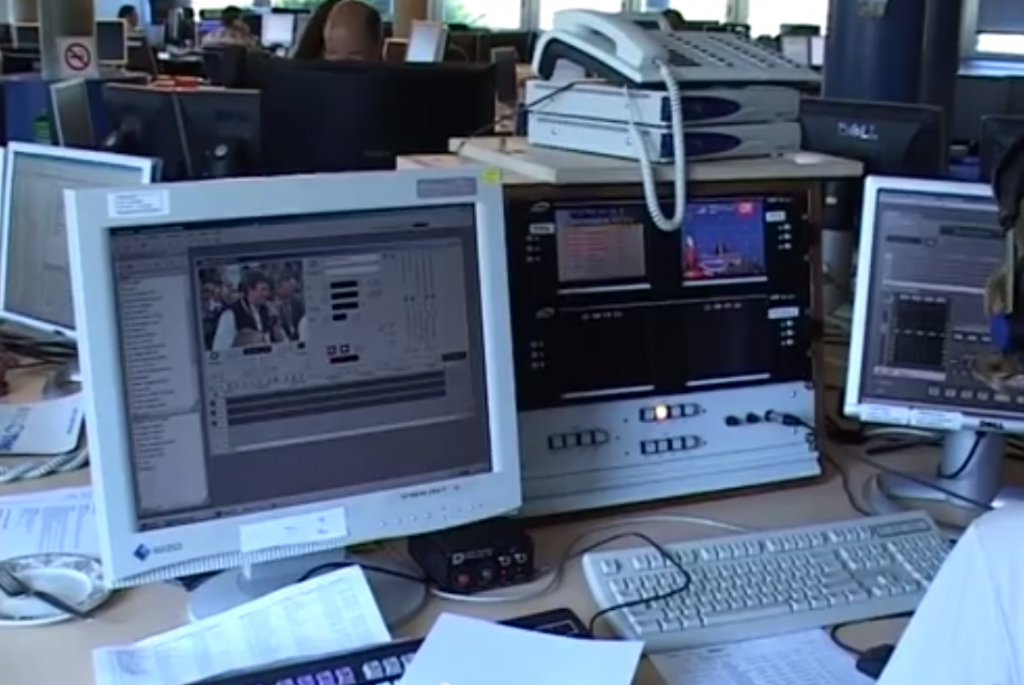
Computerisation – 1980s onwards
Availability of smaller, cheaper micro-computers ushered computerisation of broadcasters’ operations. Newsrooms, always on the lookout for the latest technology to speed up and improve their operations, were quick to exploit the new technology. CNN, the first 24 hours, all-news TV channel in the USA, took full advantage of the hardware and the availability of groundbreaking software, to organise every aspect of its newsroom – soon followed by other broadcasters, both sides of the Atlantic.
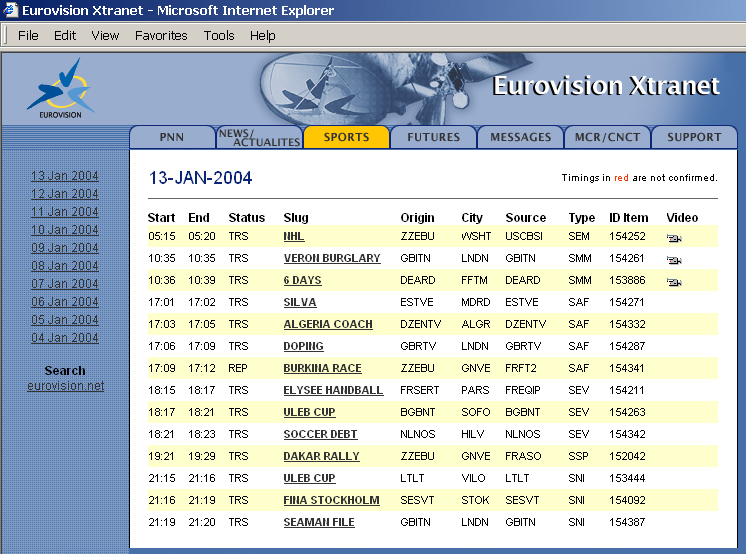
Eurovision News Computer Systems
The EVN newsroom saw the introduction of computers during the late 1980s. The first attempt was followed by increasingly powerful systems, designed specifically for news operations, like the legendary Basys. However powerful though, generic systems couldn’t fully cover our unique requirements, so we decided to design our own systems. With time, our bespoke computer systems allowed us to deal with a constant increase in quantity and quality, while improving speed, and – always a consideration – keeping costs under control.
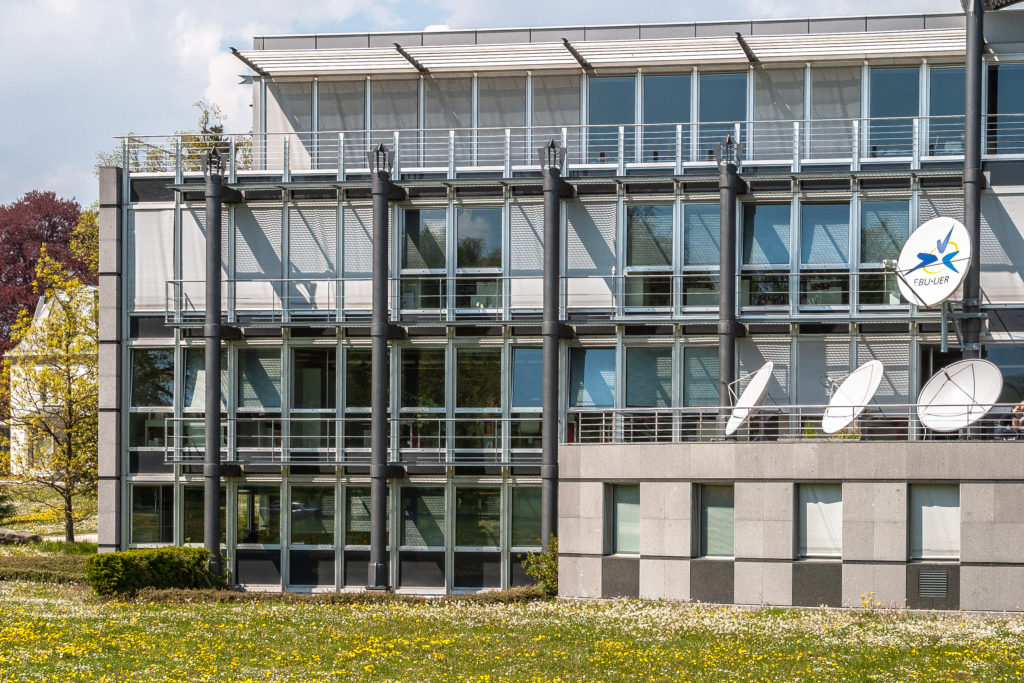
Continuous operation since 1961
The EVN has been operating continuously for the last 60 years, meeting every challenge since that day, as it continues doing it now, in a news environment moving ever faster. The Eurovision News Exchange now links the newsrooms of more than 70 public service TV members in more than 50 European countries, exchanging on average 120 news items a day and operates three channels for live news transmissions, covering events around Europe and the world.
To quote the current EVN managers:
“Its activity has expanded well beyond the daily exchange of live and edited news actualities to include eyewitness news verification, digital news recommendation and monitoring tools, exchange of podcasts and audio content, data journalism.”
https://www.ebu.ch/eurovision-news
The need has never been greater
But there are challenges as well – the major one, sixty years after the first Eurovision News Exchange, being the decline of democracy and misinformation:
“The need for strong public service media has never been greater,” says Noel Curran, Director General, EBU. “Anyone can ‘report’ breaking news by uploading footage and gaining a global audience in seconds. This has transformed news consumption but brings with it a prevalence of misinformation and deliberate fake news. The results can have dreadful repercussions for stable, elective democracies.
…[Curran calls for the] protection of transparent and trusted news, reflecting a range of opinions and views. “News that reflects diversity of thought and opinion, subject to rigorous editorial processes of accountability and verification, ensures accurate, trusted content that supports democratic societies.”
Noel Curran, Director General, EBU
Then and now, in perspective
Back in the 1960s when the news exchange was still very young, having a news item to inject in the exchange was hard work, involving rushing around the broadcast centre, to make sure that the film was in the building and that it was processed, edited and lined up on the telecine, ready for the day’s news exchange.
In hindsight, we had it easy. The technology was slow and made things difficult, but we did not have to grapple with disinformation and cyberwar like my colleagues do today – thanks for small mercies.
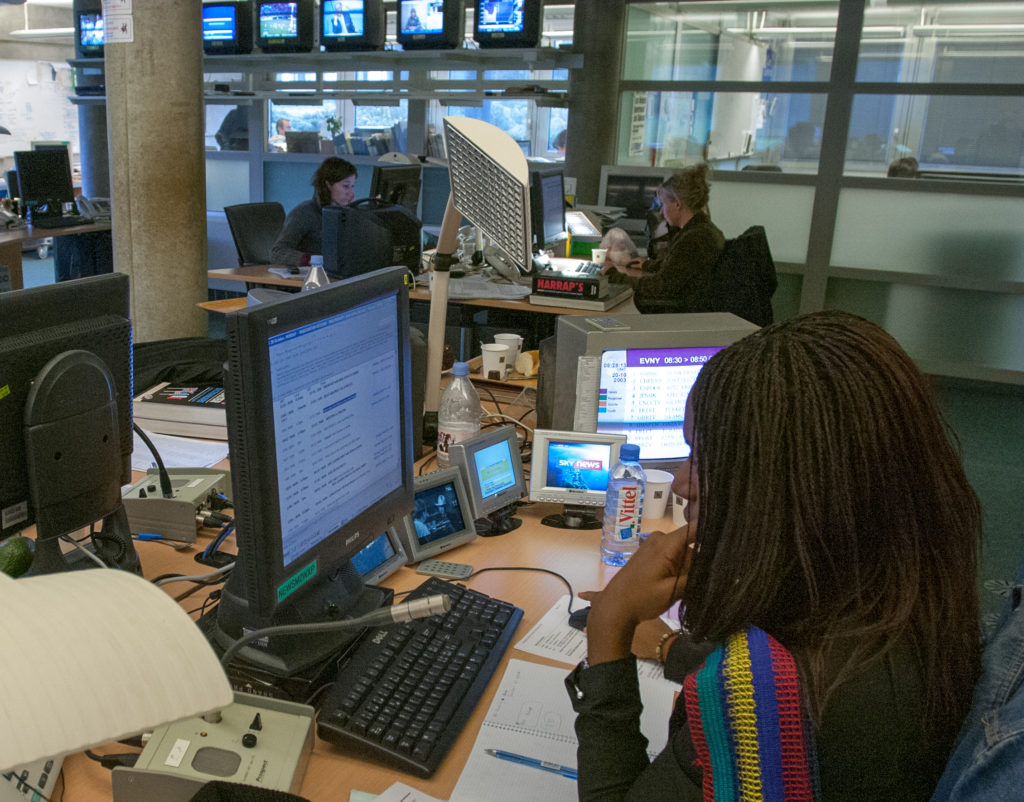
Equal opportunity employer
The Eurovision News Exchange has always been an equal opportunity employer, long before the concept was invented. My colleagues at RAI were female, including my direct boss (as a matter of fact, in hindsight, my best boss.) In Geneva as well, there was a balance between the sexes, probably not intentional, it just happened. Many of my colleagues around Europe were female, which made work more enjoyable.
When I decided to retire, I suggested that my successor should be female. After a few initial hiccups, I am pleased to say that it has become reality.
The great unknown
Considering that it’s an essential source of news coverage for public service broadcasters in Europe and around the world and that it’s been in continuous operation for 60 years now, you may wonder why you never heard about the Eurovision News Exchange, even if you are media professional? Relax, you are not alone, as there may be fewer than one thousand people in Europe and around the world who actually know about the EVN and its functioning. It’s not a secret, just a very specialised activity.
On the other hand, ask anybody in Europe about Eurovision and they will answer: the Eurovision Song Contest – but that’s a different story and my colleague Emanuele is much better placed to tell you about it.
News Exchanges around the World
The Eurovision News Exchange model spread around the world, as it was adopted by ASBU (Arab States Broadcasting Union) in the Arab world, by ABU (Asia-Pacific Broadcasting Union) in Asia and by URTNA (Union des Radiodiffusions et Télévisions Nationales d’Afrique) in Africa. With the exception of the Americas, which opted for the commercial model, although most broadcasters have operating agreements with the EVNs.
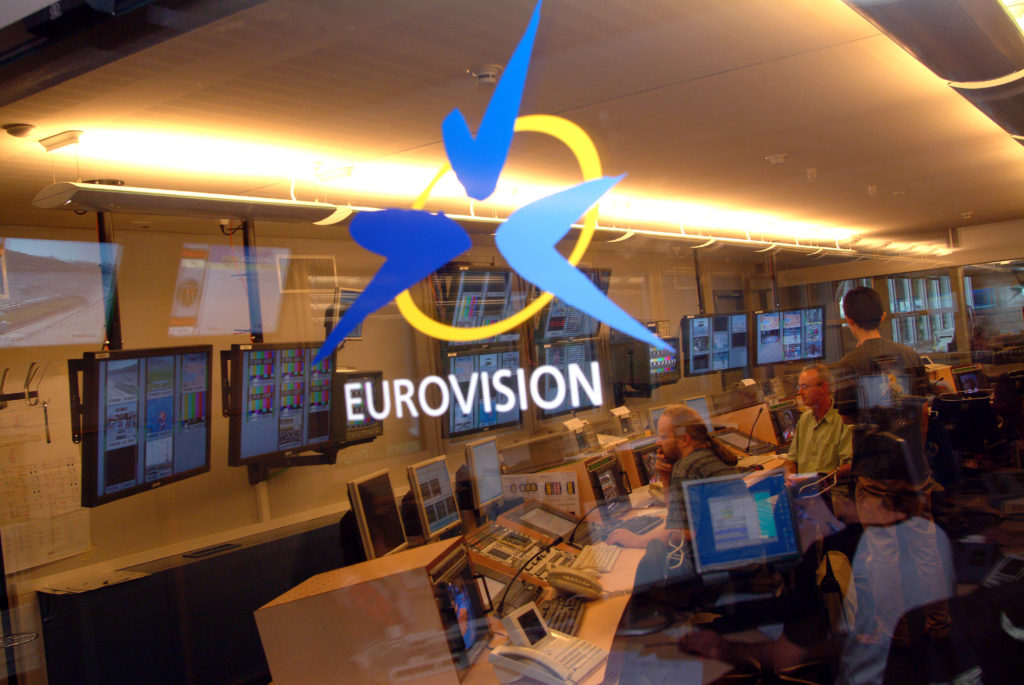
A word about words
I could have told you the story of the Eurovision News Exchange, sticking to the essentials and fitting easily within the prescribed 800 words. But, being contrary, I thought that giving the reader an insight into the operation, would be more interesting than just quoting a few institutional dates (yawn) and figures (yawn again.)
If you have read so far, there is a chance that I may have been right.
Appendix
| Puzzled by the abbreviations and technical terms? |
| ABU – Asia-Pacific Broadcasting Union |
| ARD – Arbeitsgemeinschaft der öffentlich-rechtlichen Rundfunkanstalten der Bundesrepublik Deutschland (yes, it rolls off the tongue) |
| ASBU – Arab States Broadcasting Union |
| AVN – Asiavision News exchange, operated by ABU |
| BBC – British Broadcasting Corporation |
| CET – Central European Time. All times are shown in 24h format, aka military time. When the EBU increased its global operations, switching to satellites for the majority of its transmissions, it adopted the global standard GMT (Greenwich Mean Time aka Universal Time) in all its communications |
| CNN – Cable News Network |
| EBU – European Broadcasting Union |
| ENG – Electronic News Gathering |
| EVC – Eurovision Control, part of the technical branch of the EBU, based in Brussels until the 1990s, when it was regrouped with the EBU headquarters, in Geneva |
| EVN – Eurovision News exchange |
| ITV – Independent Television, UK commercial network |
| Microwave – Microwave transmission is the transmission of information by electromagnetic waves with wavelengths in the microwave range (1 m – 1 mm) of the electromagnetic spectrum. Microwave signals are normally limited to the line-of-sight, so long-distance transmission using these signals requires a series of repeaters forming a microwave relay (Wikipedia) |
| NOS – Nederlandse Omroep Stichting |
| ORTF – Organisation de Radio-Télévision Française. Was dismembered during the 1980s and replaced by the current TF1, France 2, France 3, etc |
| RAI – Italian public Radio-TV service |
| SNG – Satellite News Gathering, describes mobile satellite transmitters-receivers, mostly used for news coverage (more information on Wikipedia, with a good description of satellite operations, news gathering and ENG production material) |
| Telecine – enables a motion picture, captured originally on film stock, to be viewed with standard video equipment and to be transmitted over a video network. More information on Wikipedia |
| URTNA – Union des Radiodiffusions et Télévisions Nationales d’Afrique |
| ZDF – Zweites Deutsches Fernsehen |
| Note: I have used links to Wikipedia entries when they contain concise and accurate definitions |
An EBU anniversary video
Eurovision News Exchange newsroom, on a quiet weekend, probably in 1988
Some of the vintage equipment seen in the footage:
DEC Vaxmate desktop terminal with CPU extensions, connected to a VAX system (Digital Equipment Corporation, now defunct)
EVN software running on DEC Datatrieve and the legendary Basys newsroom system (acquired by Avid)
DEC dot matrix printers in newsroom
Sony Profeel monitor with VHS video recorder
Telex machines, Extel and DEC dot matrix printers in telex room
2006 video, authored by Richard Azia (as a bonus, it has an annoying music track)


